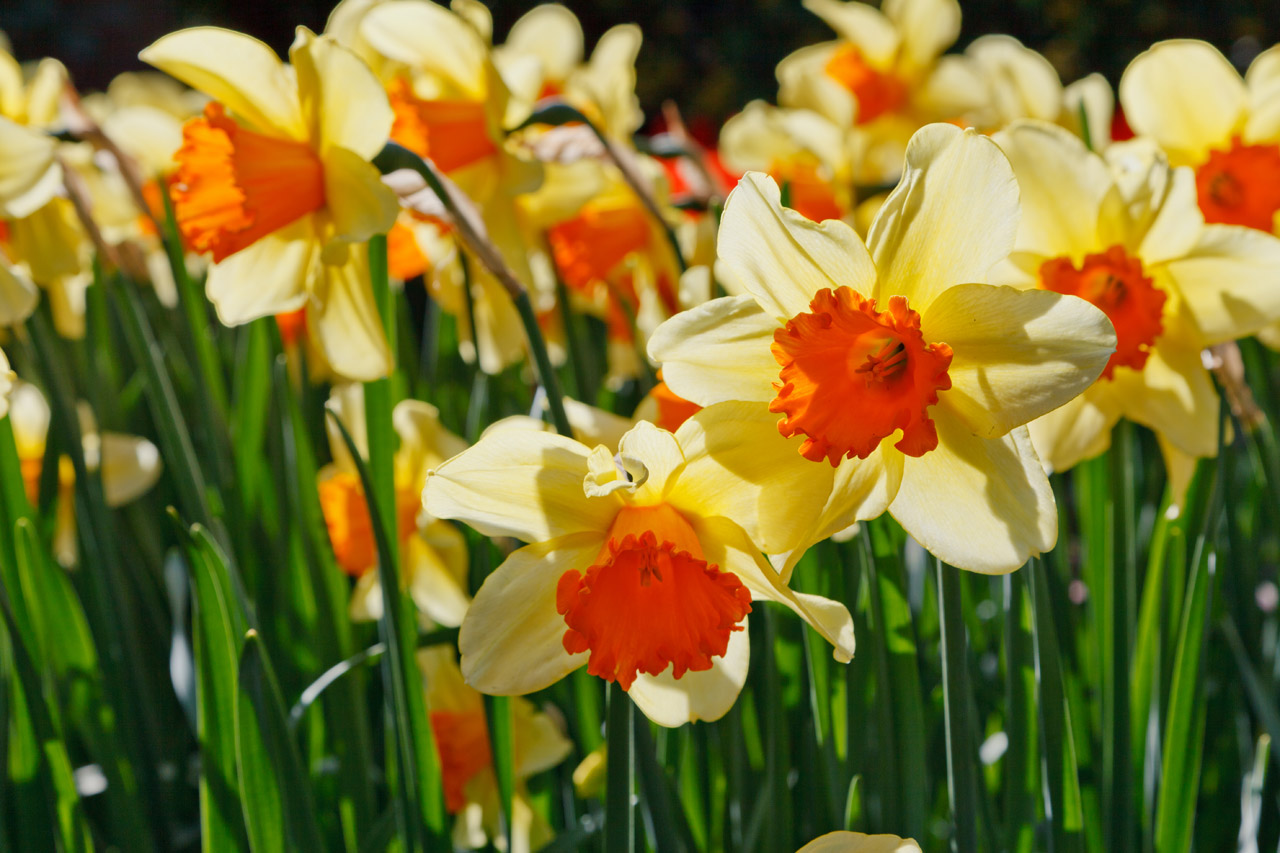Spring flowers shine from bulbs planted in fall

COLUMBIA, Mo. — If you think autumn is the time to put away your gardening tools for the year, think again. It’s bulb-planting time.
In a press release, David Trinklein, horticulture specialist for University of Missouri Extension, said “Daffodils, tulips and hyacinths won’t greet you in the spring if they’re not planted in the fall. Spring-flowering bulbs need 10 to 14 weeks of cool temperatures to induce flowering.”
Choosing flowering bulbs to grow in Missouri can get a bit tricky. Trinklein said daffodils are the best choice for the Show-Me State because they handle Missouri’s warmer weather and bloom year after year. In other words, they naturalize well here.
Tulips, on the other hand, are not completely comfortable with Missouri’s late spring and early summer temperatures and will likely need to be replanted every couple of years.
“The worst, with regards to adapting to Missouri temperatures, are the hyacinths,” Trinklein said. “The first year, you will get the full flower stalk packed with vibrantly colored florets, but after that they go downhill.”
When selecting, pick bulbs that are nice and plump. Avoid shriveled bulbs because they’re either contracting a disease or already have one, he said.
Once you bring bulbs home, you need to get the soil ready before planting. “Make sure the soil drains well,” Trinklein said. “If bulbs sit in damp soil over the winter, they’ll rot.”
To measure soil drainage, dig a hole about 12 inches deep, fill it with water and let it drain. Refill the hole and measure the depth of the water. Measure again in 15 minutes. The change in depth multiplied by four is the drainage rate per hour.
“Soil that drains less than 1 inch per hour has poor drainage and is not ready for bulbs,” Trinklein said. “You can improve drainage by amending it with compost, peat moss or other well-decomposed organic material.”
While amending the soil, add fertilizer. Bone meal is an excellent choice, he said. It’s relatively high in phosphorus, which helps the bulb develop a good root system, and relatively low in nitrogen, so it won’t burn the roots. It also adds a modest amount of potassium.
When you place bulbs into the ground, it’s important to plant them at the proper depth. Plant at a depth of about two to three times the height of the bulb, Trinklein said. This is done to make sure that the bulb doesn’t push itself out of the soil as roots develop.
“Planting bulbs now is delayed gratification for gardeners,” Trinklein said. “However, the reward for being forward-thinking and patient is bright and beautiful colors in the spring and for years to come.”
Miss Clipping Out Stories to Save for Later?
Click the Purchase Story button below to order a print of this story. We will print it for you on matte photo paper to keep forever.

